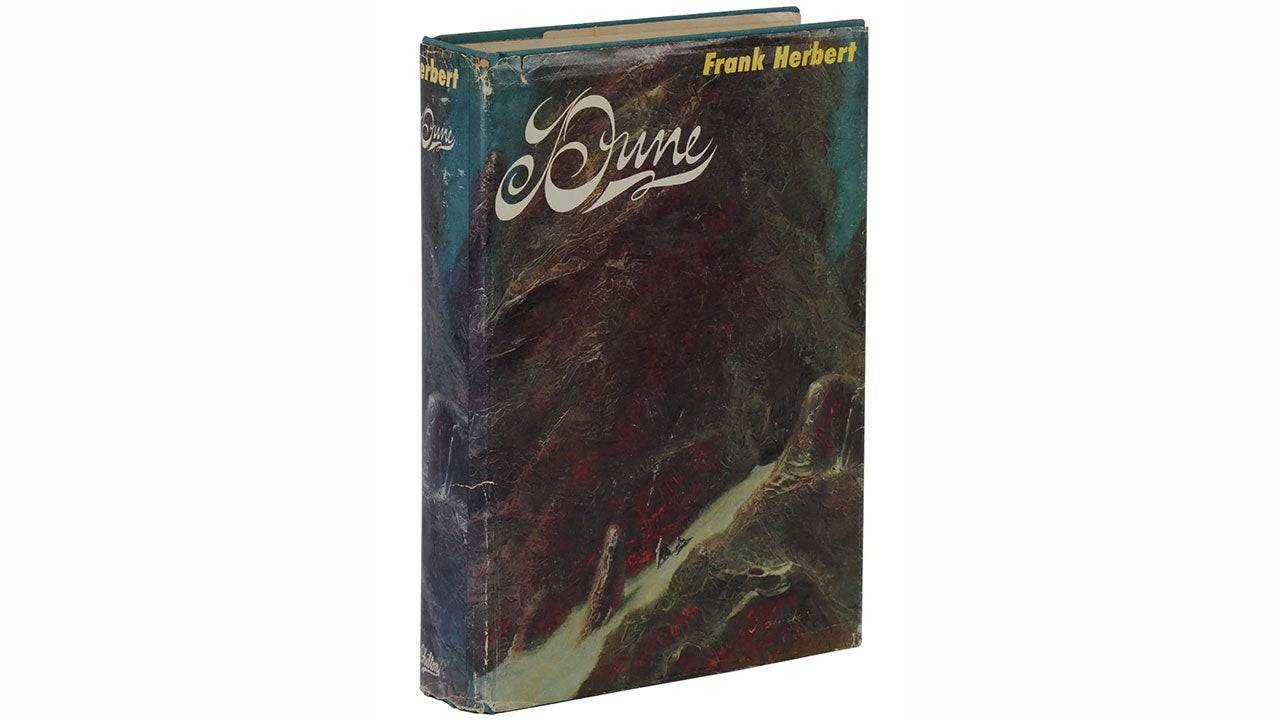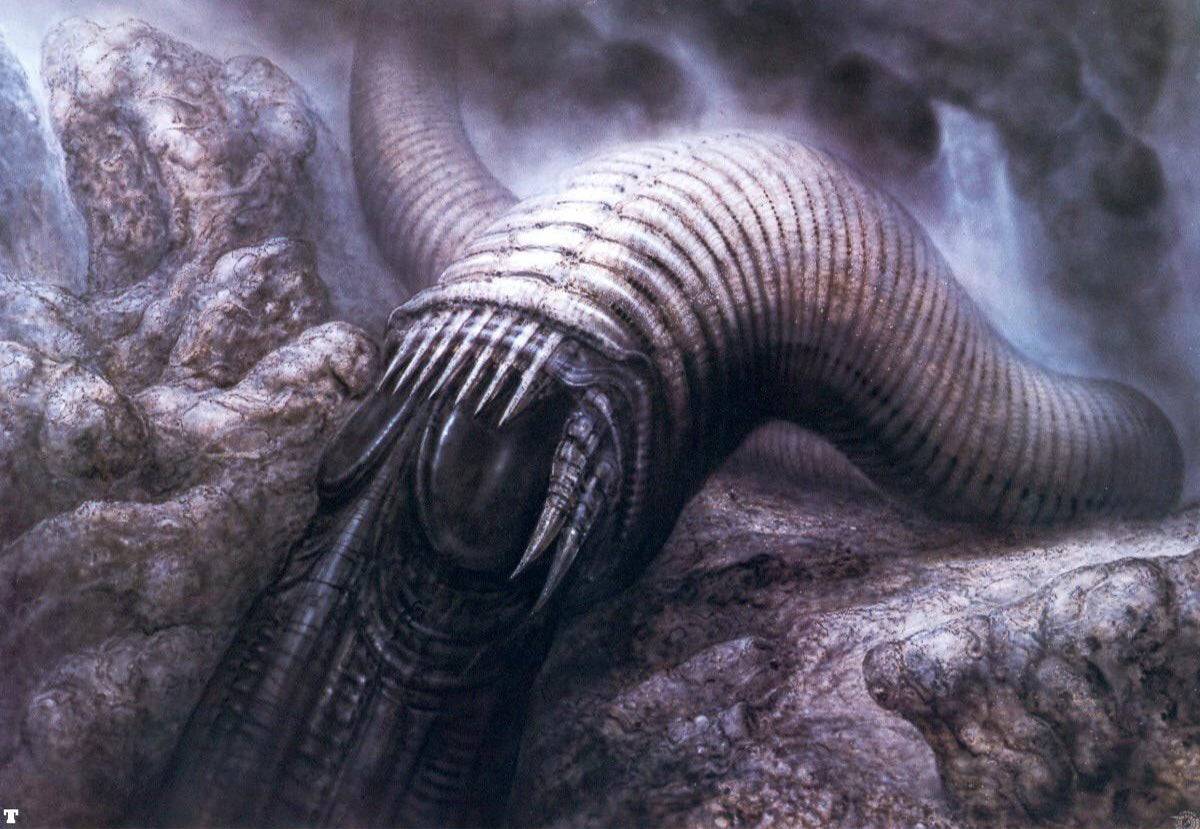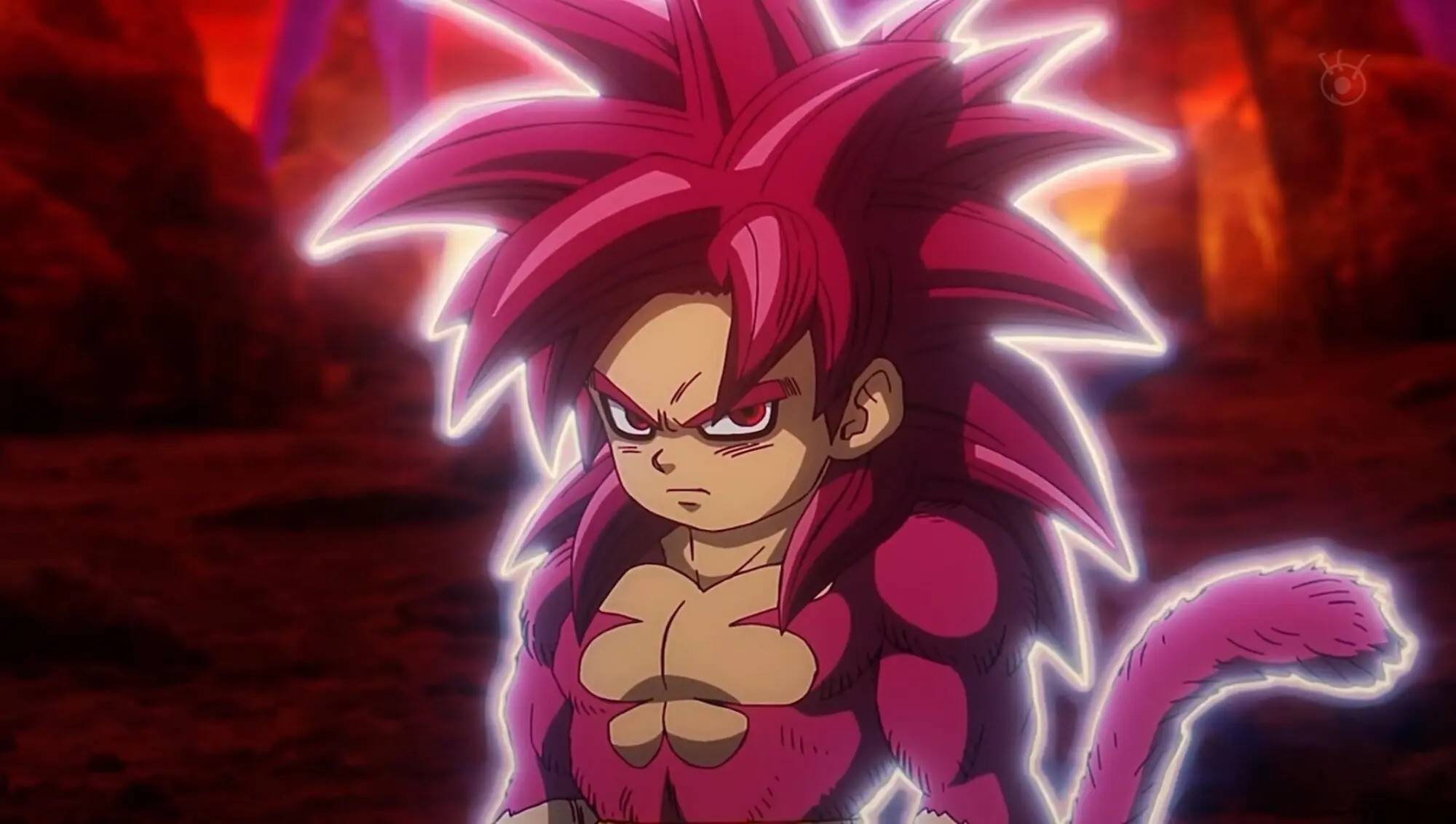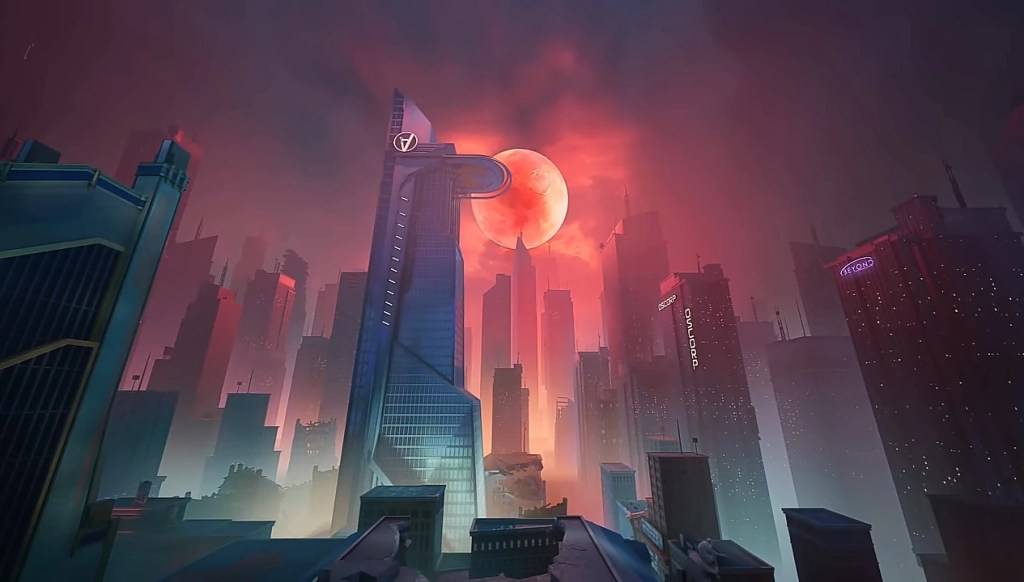Ridley Scott’s Lost Dune Script Found: 'I Don't Think It Would’ve Made Fans Happy'
Ridley Scott's Lost Dune: Unveiling a 40-Year-Old Script
This week marks forty years since David Lynch's Dune premiered. Initially a box office flop, it's since garnered a devoted cult following. This stands in stark contrast to Denis Villeneuve's recent big-screen adaptation of Frank Herbert's classic novel. Ridley Scott's involvement, before Lynch took the directorial reins, has remained largely shrouded in mystery—until now.
Thanks to T.D. Nguyen's discovery of a 133-page October 1980 draft within the Coleman Luck archives at Wheaton College, we now have access to Rudy Wurlitzer's ( Two-Lane Blacktop, Walker) script for Scott's abandoned Dune project.
Following the success of Alien, Scott inherited a two-part screenplay by Herbert himself—faithful to the source material but cinematically unwieldy. Scott selected a handful of scenes, then enlisted Wurlitzer for a complete rewrite. Like Herbert's and Villeneuve's versions, this was conceived as a two-part epic.
Wurlitzer described the project as incredibly challenging, stating in a 1984 interview that structuring the narrative was more arduous than writing the script itself. He maintained that while they stayed true to the book's essence, they refined it, infusing a distinct sensibility. Scott himself later confirmed the script's quality to Total Film in 2021.
Several factors contributed to the project's collapse: the death of Scott's brother, his reluctance to film in Mexico (De Laurentiis's demand), a ballooning budget exceeding $50 million, and the allure of Filmways' Blade Runner project. However, Universal executive Thom Mount cited a lack of unanimous enthusiasm for Wurlitzer's script as a pivotal factor.
Was the script a cinematic failure, or simply too dark, violent, and politically charged for a mainstream audience? A detailed analysis of the script offers insights into this question. While Wurlitzer and Scott declined to comment for this article, the script itself speaks volumes.
A Darker Paul Atreides
The script opens with a dream sequence depicting apocalyptic armies, foreshadowing Paul's destiny. Scott's signature visual density is evident in descriptions like "birds and insects become a whirling hysteria of motion." The script portrays a seven-year-old Paul, with long blonde hair, undergoing a trial by the Reverend Mother. While Lynch's version featured imagery of a burning hand, this is presented as a psychic experience rather than literal.

The Emperor's Demise and Political Intrigue
The script introduces a pivotal twist: the Emperor's death, which serves as the catalyst for the events that follow. The Emperor's funeral, a mystical spectacle, features the Emperor communicating through a medium, bequeathing Arrakis to Duke Leto. The Baron Harkonnen's subsequent offer to share spice production, rejected by Leto, echoes a famous line from Lynch's Dune: "He who controls the spice controls the universe."
The Guild Navigator, a spice-mutated creature, is visualized as a humanoid figure floating in a transparent container. The Navigator's method of plotting the Heighliner's course through musical intonations to "Engineers" subtly foreshadows Scott's Prometheus.
A Grittier Arrakis
The Atreides' arrival on Arrakis showcases a medieval aesthetic, with a focus on swords and feudal customs. The ecological impact of spice harvesting is highlighted through dissected creatures, emphasizing the planet's ravaged state. The script depicts Arakeen as a squalid city with stark class disparities, drawing inspiration from The Battle of Algiers.
A new scene depicts Paul and Duncan engaging in a brutal bar fight, culminating in Paul killing an opponent with a swift throat strike. Their encounter with Stilgar, followed by Stilgar's decapitation of a Harkonnen agent, adds a layer of raw violence.
The script also features a tender moment between Jessica and the Duke, explicitly depicting their conception of Alia. The scene where Paul and Jessica "lie on top of each other" while sliding down a sand dune hints at a deeper, potentially unsettling dynamic. However, the overt incestuous relationship present in earlier drafts is absent here.
The Desert Escape and Fremen Encounter
Paul and Jessica's desert escape is intense, featuring a crash landing and a struggle for survival. The encounter with the sandworm mirrors Villeneuve's adaptation, showcasing Paul's unflinching courage. The script also details the Stillsuit's functionality, emphasizing its life-sustaining properties.
The duel with Jamis is brutal and swift, taking place within a giant worm carcass. Paul's remorse after killing Jamis contrasts with his ruthlessness. The Fremen ceremony and Paul's acceptance into the tribe mirror events in Dune: Part Two. Chani's acceptance of Paul as her new mate, following Jamis's death, is a significant departure from the source material.
The Water of Life Ceremony
The script culminates in a Water of Life ceremony led by a gender-bending shaman, accompanied by an epileptic attendant. A giant sandworm emerges, culminating in the creation of the Water of Death. Jessica, having consumed the Water of Life, proclaims herself the new Reverend Mother. The script ends with Paul, Jessica, and Chani standing before the Fremen as a new royal family, setting the stage for future conflicts.
A Bold but Controversial Vision
While the script deviates significantly from Herbert's work, it offers a unique perspective, emphasizing ecological concerns and political intrigue. The script's grimdark tone and adult themes likely contributed to its rejection. The portrayal of Paul as a ruthless, ambitious leader, rather than a reluctant hero, is a significant departure from other adaptations.
The legacy of Scott and Wurlitzer's Dune includes H.R. Giger's striking sandworm design and Harkonnen furniture made from skeletons. Vittorio Storaro, initially slated as cinematographer, later worked on the 2000 Sci-Fi Channel miniseries. The script's themes of environmental decay, fascism, and the awakening of sleepers remain strikingly relevant today. Perhaps, in the future, another filmmaker will revisit this bold, ecologically-focused vision of Frank Herbert's masterpiece.

-
 Mar 17,25All Split Fiction Achievements & How to Unlock Them Dive into the captivating co-op adventure Split Fiction from Hazelight Studios! This guide outlines every achievement, ensuring you and your partner conquer every challenge. While some trophies are earned naturally through the story, many require thorough exploration and unique actions. Use this g
Mar 17,25All Split Fiction Achievements & How to Unlock Them Dive into the captivating co-op adventure Split Fiction from Hazelight Studios! This guide outlines every achievement, ensuring you and your partner conquer every challenge. While some trophies are earned naturally through the story, many require thorough exploration and unique actions. Use this g -
 Mar 19,25How Does Dragon Ball Daima’s Finale Explain Goku Never Using Super Saiyan 4 in Super? The climactic battle in Dragon Ball Daima's finale pits Gomah against Goku, showcasing Goku's newly acquired form. This episode naturally led many fans to anticipate an explanation for Super Saiyan 4's absence in Super. So, how does the finale address this?In episode 19, after Glorio's wish restore
Mar 19,25How Does Dragon Ball Daima’s Finale Explain Goku Never Using Super Saiyan 4 in Super? The climactic battle in Dragon Ball Daima's finale pits Gomah against Goku, showcasing Goku's newly acquired form. This episode naturally led many fans to anticipate an explanation for Super Saiyan 4's absence in Super. So, how does the finale address this?In episode 19, after Glorio's wish restore -
 Jan 16,25Girls' Frontline 2: Exilium Tier List Released Another free-to-play gacha game, another character ranking to guide your investment choices. This Girls’ Frontline 2: Exilium character tier list helps you prioritize which characters are worth your resources. Girls’ Frontline 2: Exilium Character Tier List Here's a breakdown of currently available
Jan 16,25Girls' Frontline 2: Exilium Tier List Released Another free-to-play gacha game, another character ranking to guide your investment choices. This Girls’ Frontline 2: Exilium character tier list helps you prioritize which characters are worth your resources. Girls’ Frontline 2: Exilium Character Tier List Here's a breakdown of currently available -
 Feb 19,25First Season of Marvel Rivals Charts the Course Marvel Rivals Season 1: A New York City Nightscape of Maps Marvel Rivals Season 1 continues to expand its content, adding new maps themed around a nocturnal New York City alongside the Fantastic Four heroes and cosmetics. This guide details each new map. Table of Contents Empire of Eternal Night: M
Feb 19,25First Season of Marvel Rivals Charts the Course Marvel Rivals Season 1: A New York City Nightscape of Maps Marvel Rivals Season 1 continues to expand its content, adding new maps themed around a nocturnal New York City alongside the Fantastic Four heroes and cosmetics. This guide details each new map. Table of Contents Empire of Eternal Night: M
